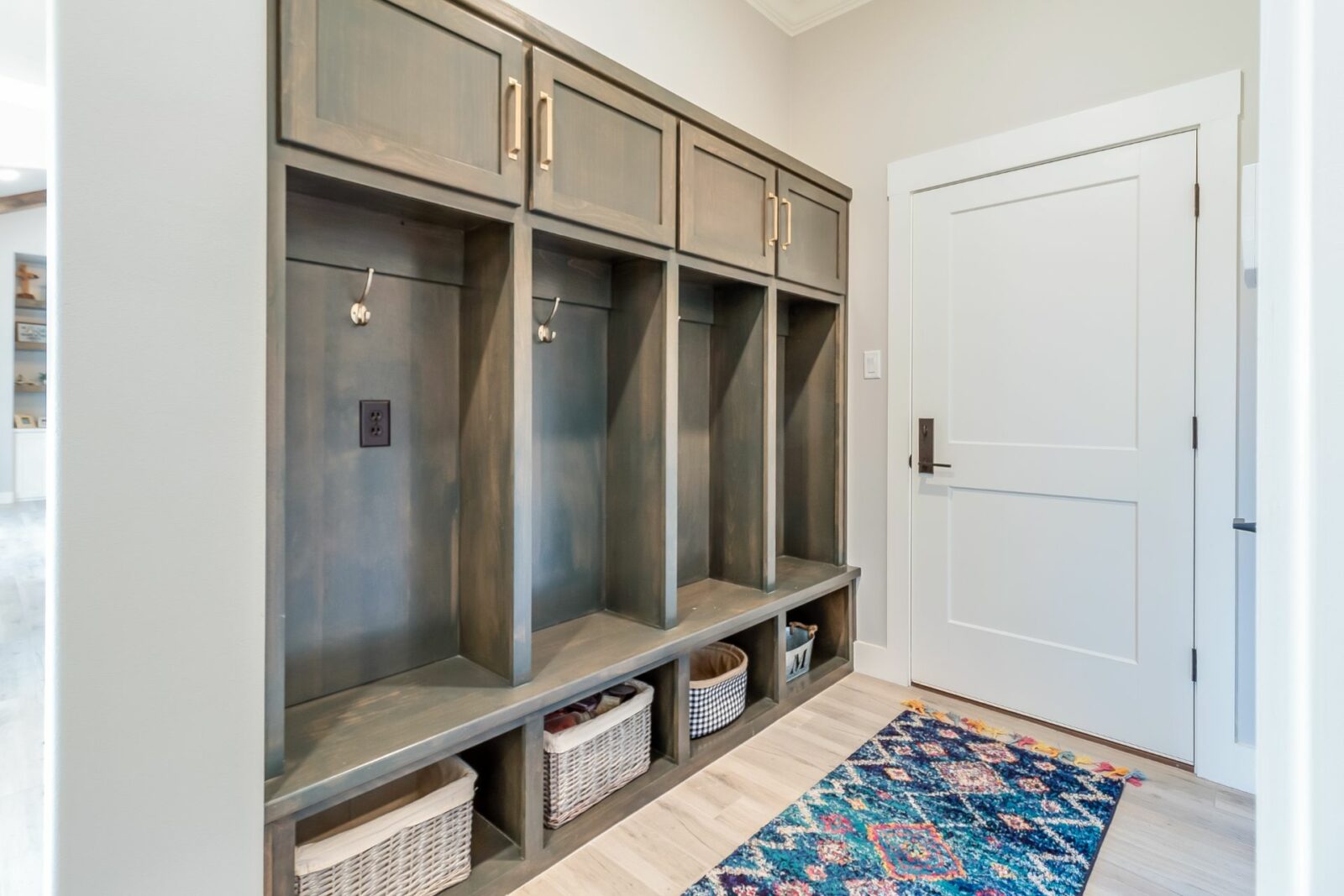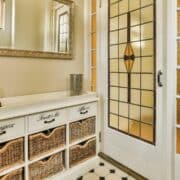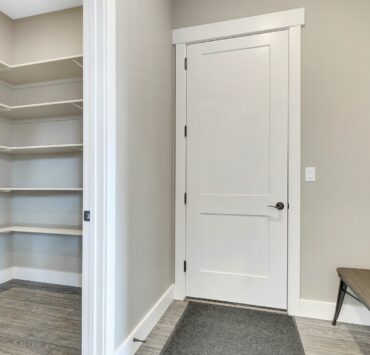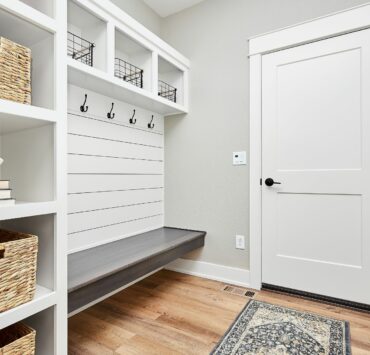A mudroom is a household’s first line of defense against dirt, clutter, and chaos. Though often overlooked in home design, a well-planned mudroom with strategically chosen cabinets can make a world of difference. In this blog, we’ll delve into the essentials of planning your mudroom cabinets based on size and requirements, give you design ideas, and discuss cabinet types to help you create a functional and aesthetically pleasing mudroom.
Why Mudroom Cabinets Matter
Mudroom cabinets serve as a functional storage solution that helps to keep your home organized. They provide designated spaces for coats, shoes, bags, sports gear, and more, ensuring that clutter is kept at bay. Moreover, with a well-thought-out design, they can add to the overall aesthetic appeal of your home.
How to Plan Your Mudroom Cabinets
Before deciding on the style and type of cabinets, it’s crucial to plan your mudroom based on its size and your family’s requirements. Here’s how you can do that:
1. Assess Your Needs
What will you store in the mudroom? Coats, shoes, backpacks, sports gear, or pet supplies? Your storage needs will significantly influence the kind and size of cabinets you choose.
2. Measure the Space
Take accurate measurements of your mudroom space. This includes width, depth, and height. This will give you an idea of the cabinet size and configurations that can fit into the space.
3. Consider Accessibility
Consider who will be using the mudroom. If you have small children, you’ll need lower hooks and cubbies. For elderly family members, you might want to avoid high cabinets.
Mudroom Cabinet Ideas
Now, let’s discuss some mudroom cabinet design ideas that are both functional and visually appealing:
1. Built-In Bench with Storage
A built-in bench with storage underneath is a classic mudroom design idea. It provides a convenient spot to sit while putting on shoes and offers hidden storage for less frequently used items.
2. Tall Cabinets for Coats and Long Items
Tall cabinets are ideal for hanging coats, storing boots, umbrellas, and other tall items. If you have the height, this could be a great option.
3. Open Cubbies and Hooks
Open cubbies are perfect for storing everyday items like shoes, hats, and bags. Paired with hooks for coats and jackets, this setup allows for easy access and keeps things organized.
Types of Mudroom Cabinets
There are a variety of mudroom cabinet types to consider:
1. Custom-Built Cabinets
Custom-built cabinets can be designed to perfectly fit your space and meet your specific storage needs. They tend to be more expensive but offer the best personalized solution.
2. Pre-Fabricated Cabinets
Pre-fabricated or modular cabinets are a more affordable option. They come in standard sizes but offer less flexibility in terms of design and size options.
3. Repurposed Furniture
Repurposing old furniture pieces like wardrobes, bookshelves, or benches can add character to your mudroom while providing practical storage.
Conclusion
The planning and design of mudroom cabinets should be given careful thought. These spaces have the potential to enhance the functionality and aesthetics of your home significantly. By considering your specific needs, the size of the space, and the type of cabinets that best suit your requirements, you can create a mudroom that is both practical and pleasing to the eye.
Related posts:
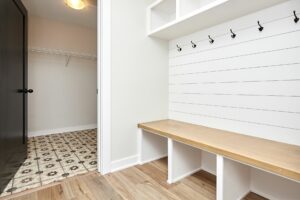 Creating a Functional and Stylish Basement Mudroom
Creating a Functional and Stylish Basement Mudroom
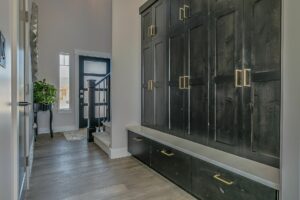 Mudroom Locker Ideas: Creating a Functional and Organized Space
Mudroom Locker Ideas: Creating a Functional and Organized Space
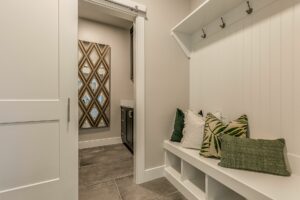 Do It Yourself Mudroom Storage: Ideas for a Customized Space
Do It Yourself Mudroom Storage: Ideas for a Customized Space
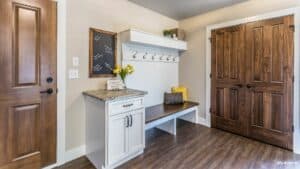 Mudroom Closet Organizer: Tips and Ideas for a More Functional Space
Mudroom Closet Organizer: Tips and Ideas for a More Functional Space
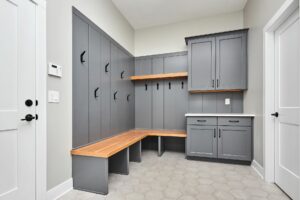 How to Build Lockers for a Mudroom: A Step-by-Step Guide
How to Build Lockers for a Mudroom: A Step-by-Step Guide
